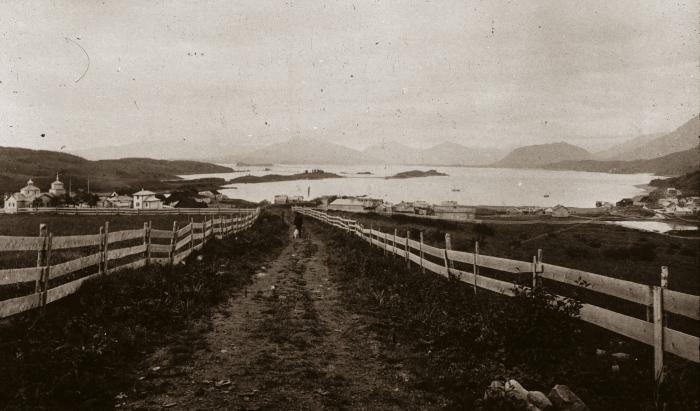American — MiRikaan'saaq

In the eighteenth century, Russian entrepreneurs spread eastward into Alaska, settling the Pacific coast of North America to claim land and harvest the region’s rich resources. Although the number of Russian colonists was very small, they established communities from western Alaska to northern California. By the mid-1800s, strained by the financial impact of the Crimean War, the Russian crown could no longer defend its far eastern colonies. Afraid of losing the valuable territory to another power, Russia offered to sell Alaska to both the United States and Great Britain in 1859. Neither accepted.
However, in the spring of 1867, Russia proposed the sale again. Under the guidance of Secretary of State William Seward, the U.S. Senate approved a treaty of purchase signed by President Andrew Johnson. Alaska was formally transferred to the United States on October 18th, 1867. The purchase added over half a million square miles to the U.S. and gave the country a strong strategic position in the Pacific. Alutiiq people, and other Alaska Native residents, were not consulted about the sale.
Although 2017 marks the sesquicentennial, or 150th anniversary, of the Alaska Purchase, many Alaska Natives see this as a time for contemplation, not celebration. The purchase brought American military rule and many new cultural and economic challenges for Native people. Moreover, western powers assumed the authority to control lands used by Native people for millennia. This issue was exacerbated by the Alaska Statehood Act of 1958, which disclaimed all Native rights to traditional lands. More than a century after the purchase, the Alaska Native Claims Settlement Act of 1971 acknowledged indigenous title and returned some Alaska lands and resources to Native peoples.
